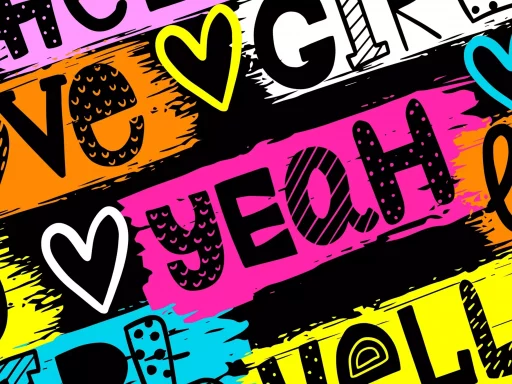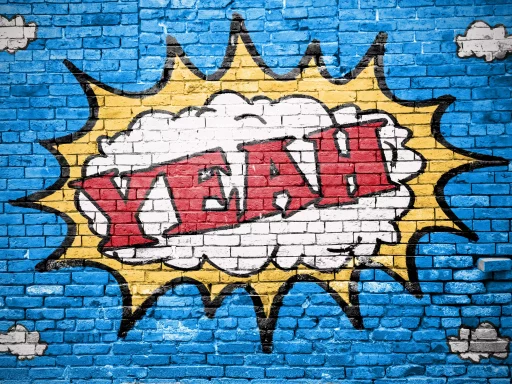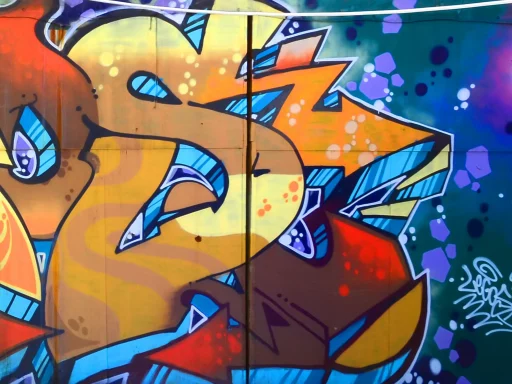Introduction
Language is ever-evolving, and slang terms play a crucial role in this evolution. One such term that has gained prominence in various cultures is “jam.” Originally referring to a fruit spread, its slang meaning has taken on a life of its own. This article dives into the multifaceted meanings of “jam,” its usage in modern vernacular, and its cultural significance.
The Slang Meaning of ‘Jam’
In contemporary slang, “jam” can refer to a few different contexts, primarily associated with music and situations of being stuck or in difficulty.
- Musical Context: “Jam” is frequently used to describe a casual session where musicians improvise together. It’s an informal gathering, often filled with spontaneous creativity.
- Traffic Jam: In everyday conversation, when someone mentions they are stuck in a “jam,” they usually refer to a traffic jam, where vehicles are impeded from moving freely.
- Stuck/Trapped: Additionally, “jam” may signify a situation where one feels trapped—be it emotionally, socially, or financially.
The Musical Jam
The term “jam” in the context of music has its origins rooted in jazz culture. Musicians would gather to spontaneously create music, riffs, and melodies. Here are some notable points regarding musical jams:
- Origin: The word gained traction in the 1930s, primarily among jazz musicians.
- Modern Usage: Today, “jam sessions” can encompass various musical genres, including rock, blues, and folk.
- Community Building: Jamming fosters community among musicians, as they come together to share creativity, experiences, and techniques.
A renowned case study that exemplifies the power of a jam session is the “Grateful Dead,” a rock band that was famous for their live shows known for improvisation and extended jamming. Their unique blend of styles and the improvisational nature of their performances cultivated a dedicated fanbase, leading to an entire subculture.
Traffic Jam: The Everyday Struggle
In another context, the term “jam” denotes a frustrating situation—most commonly seen in traffic. With urbanization on the rise, traffic jams are a prevalent issue in cities worldwide. According to the Mobility Lab, drivers in major U.S. cities spent an average of 97 hours in traffic in 2020, leading to significant economic and emotional stress.
Here are some statistics illustrating the traffic jam phenomenon:
- In 2021, the TomTom Traffic Index reported that cities like Istanbul and Los Angeles were among the top ten most congested cities globally.
- The average cost of congestion impacts households by about $1,200 annually.
- Approximately 40% of American drivers report being regularly late due to traffic jams.
These facts illustrate how “jam” has morphed from a musical term into an everyday frustration.
Feeling Stuck: Beyond the Physical Jam
The term “jam” also resonates on a more personal, emotional level. People frequently describe feeling “in a jam” when facing difficult life situations, be it financial struggles, relationship troubles, or career uncertainty. This metaphorical use of the term highlights the relatable experience of feeling trapped.
- Financial Jam: Many individuals find themselves in a “jam” due to unexpected expenses or job loss.
- Social Jam: Conflicts with friends or family may lead one to feel socially isolated or trapped.
- Career Jam: Lack of advancement opportunities can leave professionals feeling stuck in their careers.
In stark contrast to its upbeat musical origins, this usage evokes feelings of confusion and being overwhelmed. For example, a survey by the American Psychological Association reported that over 70% of adults experience significant stress due to financial issues, indicating how common it is to feel “in a jam.
Cultural Significance and Conclusion
The multi-faceted meanings of “jam” reveal the complexity of human language and culture. Whether it’s a joyful collaboration among musicians, a frustrating experience in traffic, or a personal battle, the term has found its way into the hearts and minds of many.
Ultimately, understanding the various contexts of “jam” not only enriches our vocabulary but also enhances our appreciation for the ebbs and flows of communication. As language continues to evolve, it will be fascinating to see how the term “jam” develops further in future generations.






